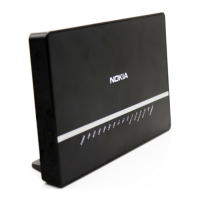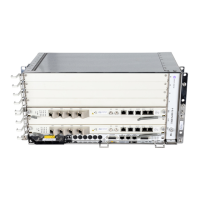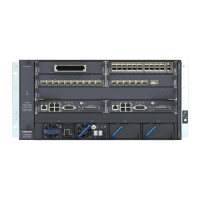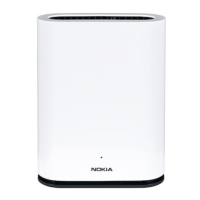FD 100/320Gbps NT and FX NT IHub Services Guide Virtual Private Routed Network Service
Issue: 13 3HH-11985-AAAA-TQZZA 423
7.2.1.1 Route Redistribution
Routing information learned from the ISAM-to-PE routing protocols and configured
static routes should be injected in the associated local VPN routing/forwarding
(VRF). In the case of dynamic routing protocols, there may be protocol specific route
policies that modify or reject certain routes before they are injected into the local
VRF.
Route redistribution from the local VRF to ISAM-to-PE routing protocols is to be
controlled via the route policies in each routing protocol instance, in the same
manner that is used by the base router instance.
7.3 VPRN Features
This section describes the general VPRN service features and any special
capabilities or considerations as they relate to VPRN services.
• IP Interfaces
• ISAM to PE Routing Protocols
7.3.1 IP Interfaces
The VPRN implements a VRF (-router) and supports one and more IP interfaces.
For connectivity towards the aggregation network, at least one IP interface must be
associated to one or more network/hybrid ports.
For user connectivity, at least one IP interface (that is, a different IP interface than for
network ports) must be associated to one or more access/hybrid ports.
The VPRN supports many user-side CPEs. Such CPE may vary from a simple xDSL
modem without L3 functionality and attached to one user-side host, to a next-hop
router to which many user-side hosts may be connected.
The VPRN supports user-side IP subnet(s), with each such IP subnet shared by one
or more user-side CPEs.
The VPRN supports user-to-user communication.
A Route Distinguisher must be defined, otherwise the VPRN is not operational. The
Route Distinguisher must be different for different VPRNs. The Route Distinguisher
identifies the VPN (even when not used in ISAM/FTTU) and, by definition, two
different VPRNs may not belong to the same VPN.
Figure 34 shows conceptually how VPRN fits in the ISAM so that the ISAM supports
multiple SAPs per IP interface.

